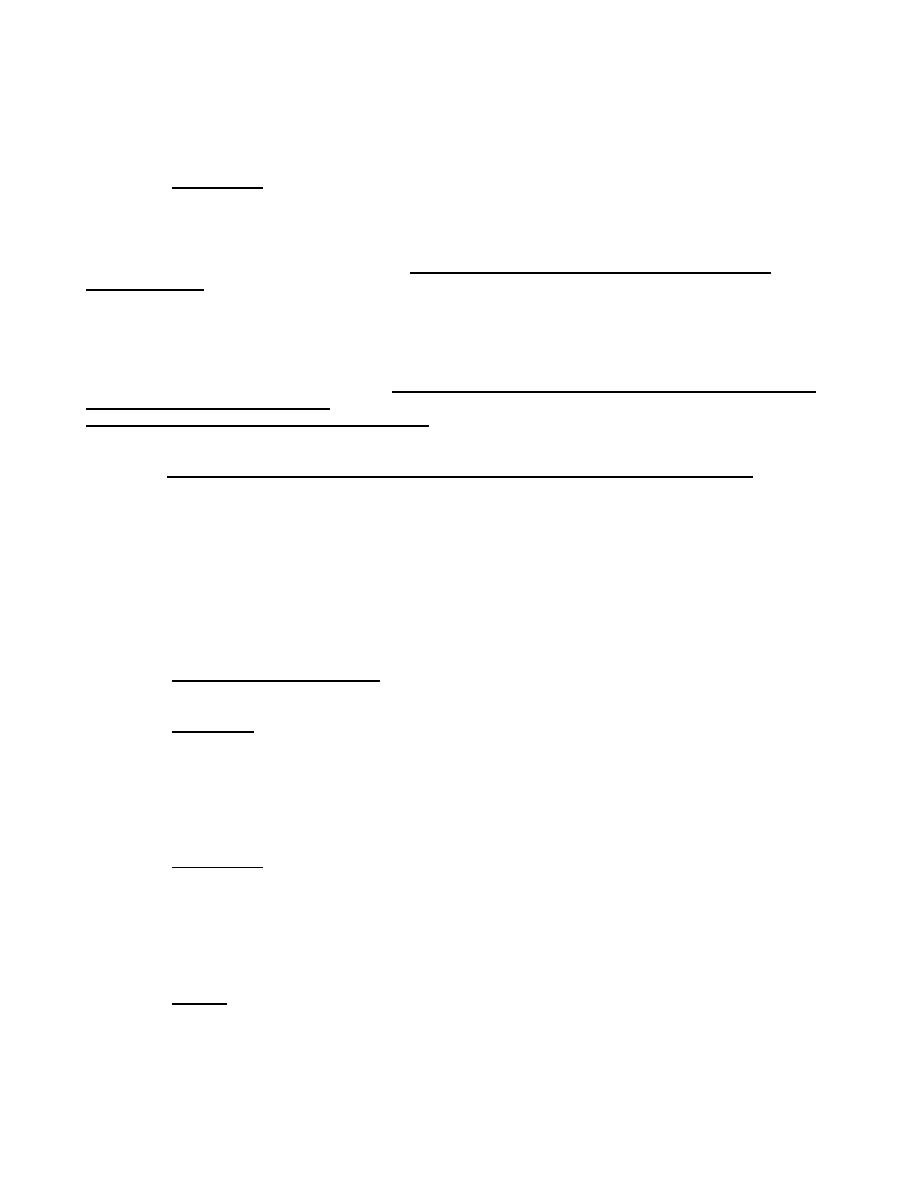
| Tweet |

Custom Search
|
|

|
||
 MIL-HDBK-1038
Section 5:
DESIGN CRITERIA
5.1
Structural. The extent of industry structural design standards varies
widely with the crane types. For OET cranes, CMAA Specification #70 provides
clear, comprehensive design methodology and criteria. On the other hand, there
are no industry design standards for portal and container cranes. Consequently,
structural design of some cranes and particular components and assemblies follows
the general design criteria of AISC Manual of Steel Construction - Allowable
Stress Design and specific requirements of the Navy Crane Center. The paragraphs
that follow outline the minimum structural design requirements of the NCC for each
crane type.
Welding design and weld details of OET, underrunning, gantry, and
semi-gantry cranes are governed by the American Welding Society (AWS) standard
ANSI/AWS D14.1, Specification for Welding of Industrial and Mill Cranes and Other
Material Handling Equipment; of mobile cranes by ANSI/AWS D14.3, Specification for
Earthmoving and Construction Equipment; of all other cranes by ANSI/AWS D1.1,
Structural Welding Code Steel; and of barge hulls by American Bureau of Shipping
standards. Bolted connections and bolt installation are required to comply with
the AISC Specification for Structural Joints Using ASTM A325 or A490 Bolts.
Structural connections in the hook load path are considered slip critical;
therefore, the bolts are required to be fully pre-tensioned. The AISC
Specification does not recognize the use of standard torques determined from table
or formulas which are assumed to relate torque to tension. The bolt tension
produced by the chosen method of installation must be verified with a tension
measuring device, such as a Skidmore-Wilhelm type of bolt tension calibrator.
Specified test loads always include the associated percentage of
tolerance; that is, the 125 percent (+5 percent, -0 percent) test load is taken as
130 percent of the rated capacity for design purposes.
5.1.1
Structural Design Loads. The following is a brief discussion of loads
that are usually considered in the design of some or all types of cranes.
5.1.1.1
Dead Load. Dead Load consists of the weight of all parts of the
structure, machinery, and equipment, including the hook blocks and rope. A
portion of the dead load on cranes, such as trolleys and booms, must be considered
as moving dead load. On portal and floating cranes, a large portion of the dead
load is moving dead load. On these types of cranes, the center of gravity of the
boom, strut, hook blocks, and rope must be accounted for at each hook radius
considered in design.
5.1.1.2
Rated Load. The maximum rated capacity of the hoist is considered as a
vertical static load on the hook. This load produces reactions throughout the
crane structure that also must be considered in the design of individual
components for example, wire rope loads on sheaves and drums.
(Standard commercial mobile cranes include the weight of the hook block,
and in some cases the wire rope, in the rated load.)
5.1.1.3
Impact. Impact is the term commonly used for the vertical dynamic force
on the lifted load due to handling. Impact is applied as a static increase to the
lifted load. Percentages of increase, or impact factors, for OET cranes,
underrunning cranes, and cantilever cranes are given in the applicable industry
111
|
 
|
|
 |
||